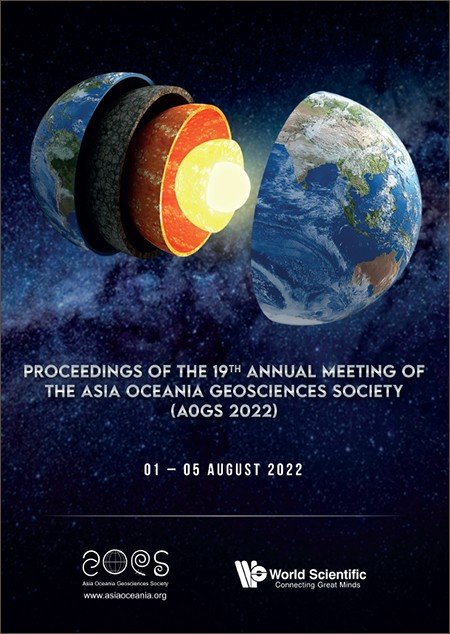CLOUD-CLEARED RADIANCE OF GEOSTATIONARY HYPER-SPECTRAL INFRARED SOUNDER BASED ON COLLOCATED IMAGE
Geostationary Interferometric Infrared Sounder (GIIRS) onboard Fengyun-4A (FY-4A) satellite provides high-spectral-resolution infrared observations with high temporal resolution of the targeted observing areas. It provides useful information of the atmospheric thermodynamics like temperature and humidity profiles. Due to uncertainties in modeling cloudy radiances, only clear radiances of GIIRS are assimilated in the operational numerical weather prediction (NWP) model. Advanced Geostationary Radiation Imager (AGRI) onboard the FY-4A provides a variety of cloud products with high spatial resolution. Synergistic use of GIIRS and AGRI not only provides sub-pixel cloud information of GIIRS single field-of-view (FOV), but also helps retrieve the cloud-cleared radiances (CCRs) in some cloud regions. The inter-comparisons between GIIRS and AGRI radiance measurements show good agreements; the mean biases of (AGRI - GIIRS) are less than 0.2 K for B12 (10.8 um) and B13 (12.0 um) for clear sky only. The convolved GIIRS CCRs are compared to the mean radiances of AGRI clear pixels (AGRI CLRs); and the GIIRS CCRs are reasonably close to the AGRI CLRs. Furthermore, preliminary results show that 32% more of CCRs than clear sky are added for radiance assimilation in NWP model without consideration of cloud impact for Typhoon Maria (2018) case.



